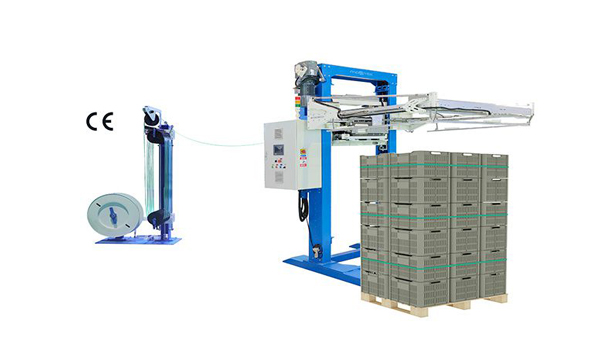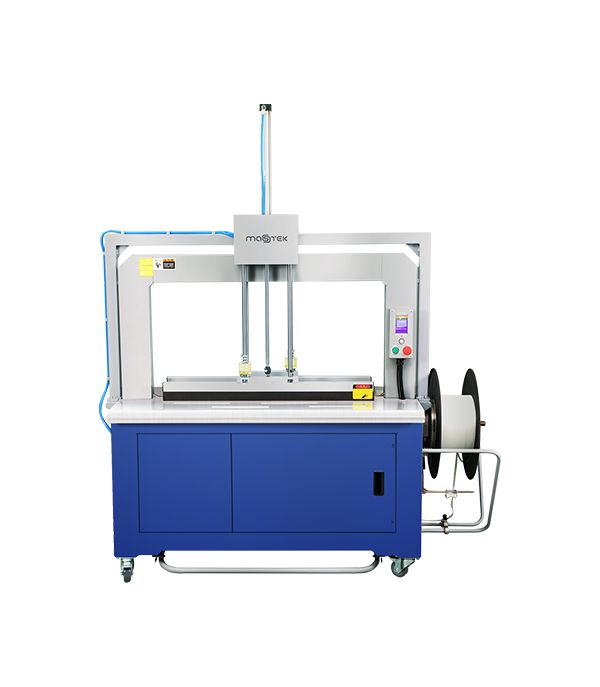Guide to Choosing the Right Strapping Solution
When it comes to securing and bundling items for storage, shipping, or transportation, choosing the right strapping solution is crucial. With various options available, including steel, polyester, polypropylene, and composite strapping, selecting the most suitable one can make a significant difference in efficiency, safety, and cost-effectiveness. This comprehensive guide will help you navigate the factors to consider when choosing the right strapping solution for your specific needs.
Understanding Your Strapping Needs
Before diving into the different types of strapping options available, it's essential to understand your specific strapping needs. Consider factors such as:
Weight and dimensions of the items being secured
Mode of transportation (e.g., truck, rail, sea)
Environmental conditions (e.g., exposure to moisture, temperature fluctuations)
Handling requirements (e.g., manual or automated strapping)
By identifying your requirements upfront, you can narrow down your options and choose a strapping solution that best meets your needs.
Types of Strapping Materials
There are several types of strapping materials available, each with its own unique properties and benefits:
1. Steel Strapping
Steel strapping is known for its strength and durability, making it suitable for heavy-duty applications. It is resistant to high tension and can withstand extreme weather conditions, making it ideal for outdoor use. However, steel strapping can be prone to rust and may require additional protective measures in corrosive environments.
2. Polyester Strapping
Polyester strapping is valued for its high tensile strength and ability to retain tension over time. It is less prone to elongation than other types of strapping, making it ideal for securing heavy loads during long-distance transportation. Polyester strapping is also resistant to UV rays and moisture, making it suitable for outdoor use.
3. Polypropylene Strapping
Polypropylene strapping is lightweight, flexible, and cost-effective, making it a popular choice for light to medium-duty applications. It is easy to handle and can be sealed using a variety of methods, including heat sealing and buckles. However, polypropylene strapping may not offer the same level of strength and durability as steel or polyester strapping.
4. Composite Strapping
Composite strapping combines the strength of polyester fibers with the flexibility of polypropylene, offering a versatile strapping solution. It is resistant to rust and corrosion, making it suitable for use in various environments. Composite strapping is also safer to handle than steel strapping, as it does not have sharp edges.
Factors to Consider When Choosing Strapping
When selecting a strapping solution, consider the following factors:
Strength and durability
Cost-effectiveness
Ease of handling and application
Environmental compatibility
Regulatory compliance
By evaluating these factors in relation to your specific strapping needs, you can make an informed decision and choose the right strapping solution for your application.
Questions and Answers
Here are some common questions people have about choosing the right strapping solution:
Q: What is the most durable type of strapping?
A: Steel strapping is known for its exceptional strength and durability, making it suitable for heavy-duty applications where maximum security is required.
Q: What is the most cost-effective strapping material?
A: Polypropylene strapping is generally the most cost-effective option, particularly for light to medium-duty applications. It offers a good balance of strength and affordability.
Q: How do I determine the appropriate width and thickness of strapping?
A: The width and thickness of strapping depend on the weight and dimensions of the items being secured, as well as the tension required to keep them in place. Consult with strapping experts or refer to strapping guidelines to determine the appropriate specifications for your application.
Choosing the right strapping solution is essential for ensuring the safety and security of your shipments and storage. By understanding your specific needs and evaluating the various strapping options available, you can select the most suitable solution for your application.





